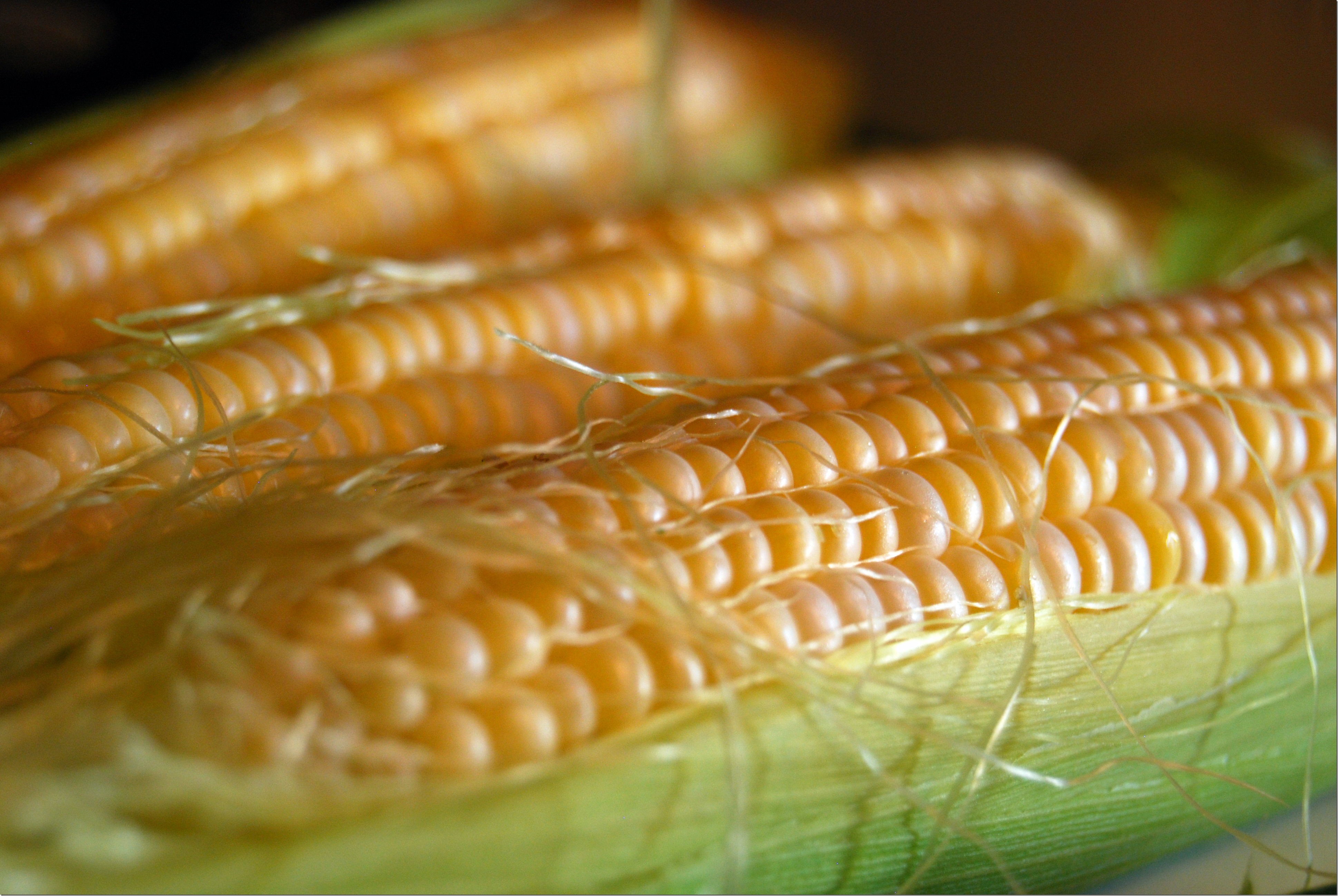
One of people’s most common impressions about Minoan Crete is that the women were in charge, perhaps in the same way that men came to be in charge of later patriarchal societies. After all, that’s what most of Minoan art shows, right, women and goddesses? Well, that’s not exactly the case.
Sure, the most well-known pieces of Minoan art art the faience Snake Goddess figurines, but did you know those are actually pretty rare? There are only two of them. Yep, two. But they’re probably the most common, well-known emblem of the Minoans, so it feels like they’re everywhere.
It doesn’t help that the Victorian-era archaeologists like Sir Arthur Evans found the topless Minoan women titillating (ahem) and took every opportunity to publicize any image they found of bare-breasted women from ancient Crete. So there’s a bit of a bias in terms of what the public sees compared to what’s really there.
If you actually look at the Minoan art we’ve found over the years, it turns out that women and men are represented pretty equally. I counted them up and shared that information in a blog post a while ago. And unlike art from the same time period in places like Egypt and Mesopotamia, Minoan art doesn’t show any single person, male or female, significantly larger than the others around them. There’s a certain equality in the art, no one lording over their fellow human beings, just people finding reverence and sacredness and joy in life.
A while back, a friend introduced me to the Smurfette Principle: The idea that women are “correctly” represented when there is a single token female in a large group of men. This is so common that most people don’t even notice it and generally consider that if there’s a single woman in the group, women are appropriately represented.
It turns out that this kind of social conditioning has interesting, if somewhat unpleasant, effects. When people are shown groups that are made up of exactly 50% women and 50% men, they interpret the groups as being mostly women. This is a cultural bias that most people don’t realize they have. Try it sometime – have a look at a photo of a crowd, guess for yourself how the male/female split goes, then actually count heads. I suspect you’ll be surprised at your response. I know I was at my own.
What I’m suggesting here is that our own social and cultural conditioning makes it hard for us to see what’s really there with the Minoans. When I actually counted up the representations of men and women in Minoan art, they came up roughly equal. That famous building in Akrotiri that has all the images of young women undergoing a puberty rite? The same building also has images of young men undergoing their own puberty rite, but those aren’t nearly as well known.

I’ve long been a fan of Riane Eisler, especially her seminal work The Chalice and the Blade. I love her characterization of cultures as either dominator or egalitarian in nature, or somewhere along the spectrum between the two.
We live in a dominator society, with men above women (though that’s changing, thank the gods) and certain individuals (first kings, then other kinds of elected and non-elected rulers) above the rest of the population. This is the box we’re in, and it’s hard to wrap our minds around other kinds of paradigms.
Like Dr. Eisler, I believe the Minoans were a largely egalitarian culture, which is a totally different box altogether. They didn’t have Big Rulers, or if they did, they don’t show up in the art, which is quite odd, since Big Rulers like to portray themselves all over the place.
The Minoans didn’t have a centralized government across the whole island of Crete. Instead, each of the Minoan cities ruled itself and the area around it. [Note that during the Mycenaean occupation, the Mycenaean Greeks did indeed try to take over the whole island using Knossos as their capital, but that’s not a thing the Minoans themselves ever did.]
And in both Minoan religion and daily life, women and men were equal, as far as we’re able to tell from the archaeological evidence. But to us modern folks who are used to a Smurfette Principle kind of lack-of-parity, equality looks like rulership because we’re not used to seeing a real balance of male and female.
It’s true, the Mother Goddesses are at the head of the Minoan pantheon as we understand it in Ariadne’s Tribe, but aren’t iron-fisted rulers like many male gods who head pantheons. Instead, the Great Mothers preside as matriarchs over a family of deities and over their human children as well, with love and compassion. I suspect the Minoans considered the Mothers to be their ultimate ancestors. That’s a far sight different from a thunderbolt-wielding god who rules with an iron fist.
So yes, the Goddess held a place of high regard in Minoan society, as did women. But that doesn’t mean they were the dominators in the same way that men came to dominate later societies. Consider the possibility of a different paradigm, one of peaceable egalitarianism: The Mother loves her children and lets them grow into their own power as soon as they’re ready.






